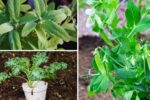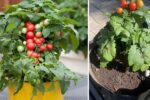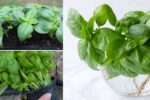The monsoon season in India typically runs from June to September. It brings heavy rainfall, cooler temperatures, and high humidity. While this is a blessing for agriculture, it also presents challenges for home gardeners. Excess moisture, reduced sunlight, and the risk of fungal infections can make vegetable cultivation tricky. Still, with the right approach, monsoon gardening can be both productive and rewarding.
Choosing the Right Vegetables
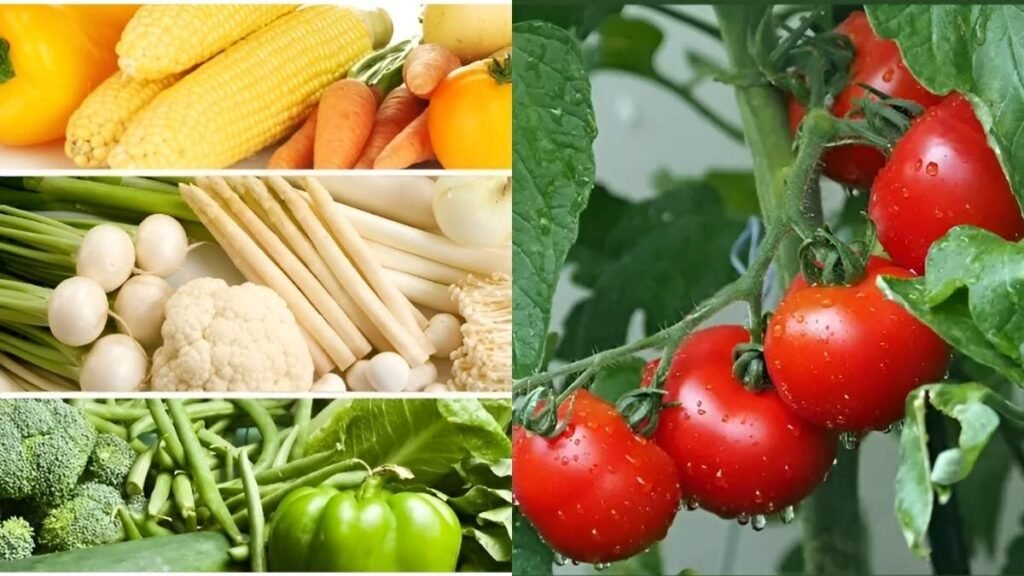
Not all vegetables thrive in wet conditions. Choosing crops that are naturally suited to the monsoon climate is key to success. Some of the best options include:
- Spinach
- Amaranth
- Fenugreek
- Radish
- Beetroot
- Turnip
- Bottle gourd
- Ridge gourd
- Bitter gourd
Avoid vegetables like tomatoes and potatoes unless you can ensure proper drainage and protection from excess moisture.
Preparing the Soil
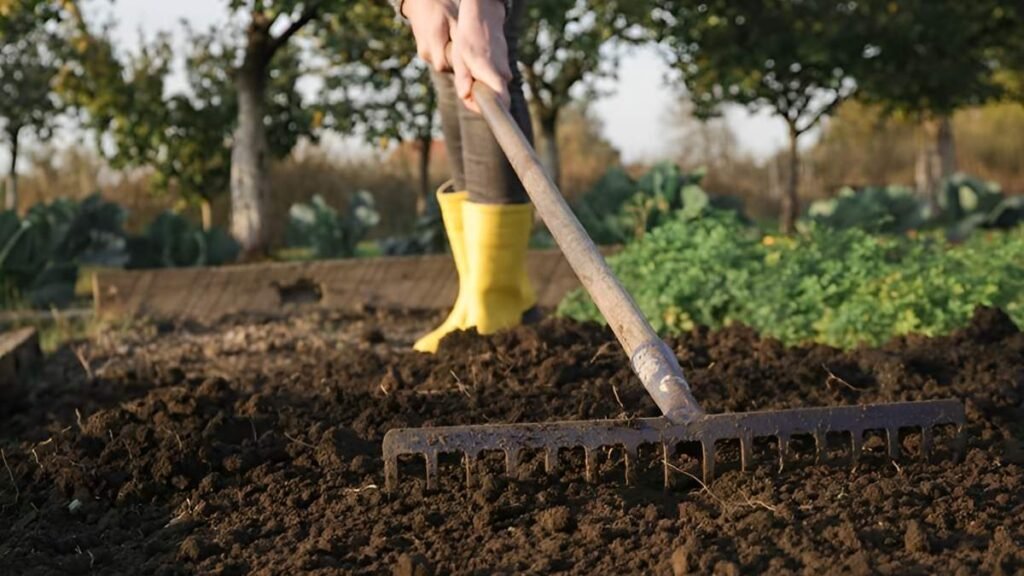
Healthy soil is the foundation of any thriving vegetable garden. During the monsoon, soil tends to become compacted and waterlogged. To prevent this, prepare raised beds or use containers with good drainage. Mix organic compost or well-rotted manure into the soil to improve its structure and nutrient content.
You can also add:
- Sand
- Cocopeat
- Vermicompost
These help enhance drainage and aeration, keeping roots healthy and disease-free.
Managing Drainage and Waterlogging

Waterlogging is one of the biggest threats to vegetable plants during the monsoon. Raised beds are a simple yet effective solution. If you’re growing vegetables in pots, make sure each container has drainage holes. Place a layer of gravel or broken tiles at the base to prevent clogging.
Tips to manage excess water:
- Avoid watering unless necessary
- Use well-draining soil mixes
- Elevate pots slightly to improve runoff
Protecting Plants from Pests and Diseases
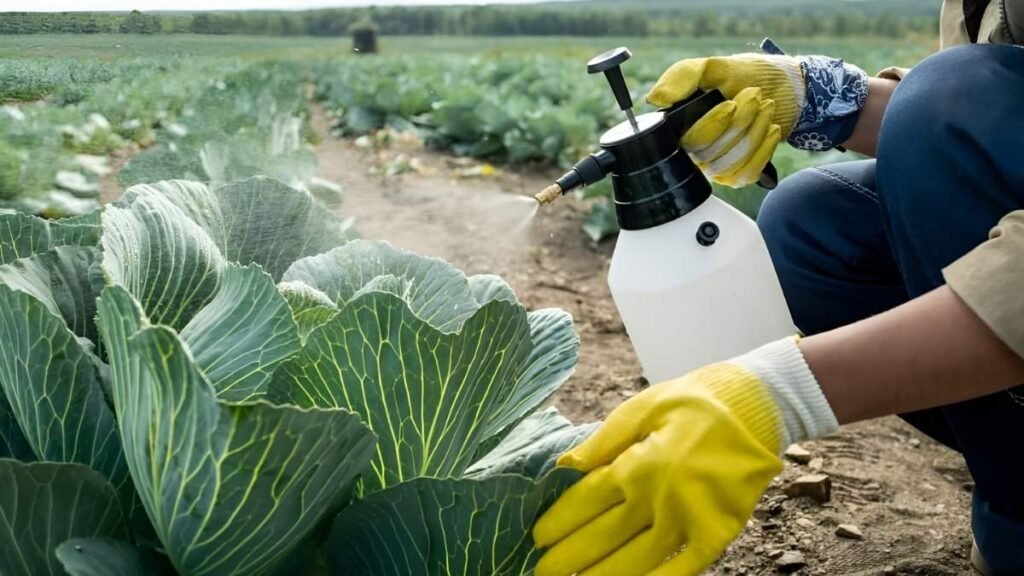
Humidity during the monsoon creates a perfect environment for pests and fungal diseases. Common issues include leaf spot, powdery mildew, and aphid infestations. To protect your plants, inspect them regularly and remove infected leaves.
Natural remedies include:
- Neem oil spray
- Garlic-chili spray
- Soap water solution
Ensure good air circulation by spacing plants adequately. This reduces moisture buildup and lowers the risk of disease.
Providing Support for Climbing Plants
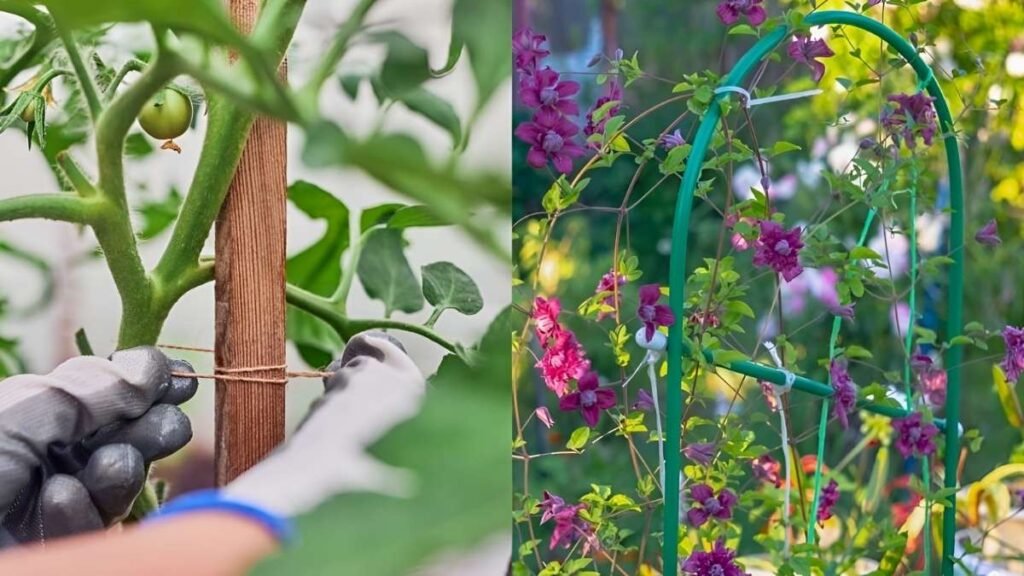
Many monsoon-friendly vegetables, such as gourds and beans, are climbers. These plants need support to grow vertically and avoid contact with wet soil. Use bamboo stakes, trellises, or ropes to guide their growth.
Benefits of vertical gardening:
- Saves space
- Improves air circulation
- Reduces disease risk
Check the supports regularly and adjust ties as the plants grow.
Ensuring Adequate Sunlight
Cloudy skies and frequent rains can limit sunlight. While some vegetables tolerate low light, others may struggle. Position your garden in a spot that gets maximum sunlight during the day.
To improve light exposure:
- Avoid overcrowding
- Prune excess foliage
- Rotate pots toward sunlight
This helps plants photosynthesize efficiently and grow stronger.
Feeding Your Plants
Rainwater can wash away essential nutrients from the soil. To keep your vegetables healthy, feed them with organic fertilizers during the monsoon. Compost, vermicompost, and liquid fertilizers like compost tea are excellent choices.
Feed your plants every 2–3 weeks using:
- Compost tea
- Cow dung slurry
- Seaweed extract
Avoid chemical fertilizers, as they can leach into the soil and harm beneficial microbes.
Harvesting with Care
Monsoon-grown vegetables tend to be tender and delicate. Harvest them carefully to avoid damaging the plant. Use clean, sharp tools and avoid harvesting during or immediately after rainfall.
Harvesting tips:
- Pick during dry hours
- Handle gently
- Store in cool, dry places
Wash vegetables only before use to prevent premature spoilage.
Final Thoughts
Cultivating vegetables during the monsoon season requires planning, observation, and care. By choosing the right crops, preparing your soil, and managing moisture levels, you can enjoy a lush and productive garden even in the wettest months. Embrace the rhythm of the rains and let your garden thrive with nature’s bounty.


